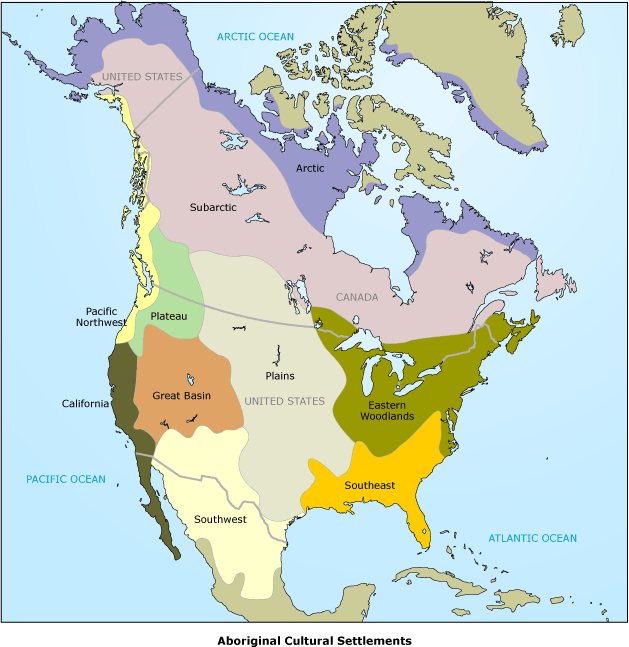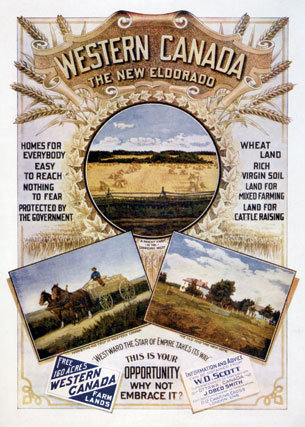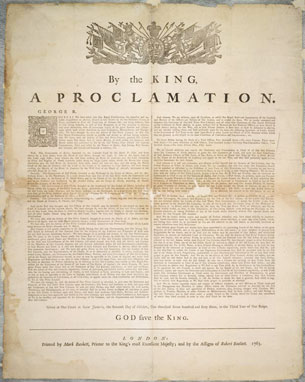Lesson 3.1
| Site: | MoodleHUB.ca 🍁 |
| Course: | PAVE Social 10-1 |
| Book: | Lesson 3.1 |
| Printed by: | Guest user |
| Date: | Sunday, 30 November 2025, 8:55 AM |
Description
Module 3 Section 1
Module 3 Introduction
Module 3 Introduction
To what extent should contemporary society respond to the legacies of historical globalization?
 |
Empires, rapid industrialization, powerful economies, and wealth were all motives for the European expansion into the Americas. Originally, the imperialist goals were to spread Christianity, search for gold, and claim glory on behalf of the empire. By the nineteenth century, in a time period now referred to by many historians as the Age of Imperialism, many European countries expanded their territorial control and exploitation of human and natural resources in a scope more global than in the fifteenth century.
“The sun never sets on the British Empire.” This is a quote describing the economic and political power of Britain in the nineteenth century and well into the next. Britain was able to establish a global network of colonies and trade built on imperialism, capitalism, and colonialism not rivaled until the years just before the outbreak of World War I. Imperialist practices were actively encouraged as empire building, and many patriotic songs and poems spoke proudly about the rise of the British Empire. This is just one perspective on the impacts of historical globalization on a group of people. In Haudenosaunee world view and that of many First Nations, the acts and decisions made have implications seven generations later. In the perspectives of many Aboriginal peoples now, the current conditions in which they live are the legacies of imperialist acts and decisions made over two hundred years ago. |
| In this module you will examine the imperialistic policies and practices encouraged by historical globalization. You will consider the multiple perspectives on the legacies of global contact, trade, and cultural interaction on ways of life, identity, and citizenship. With awareness of the legacies of historical globalization, many individuals and groups begin to wrestle with the question of whose moral and ethical responsibilities it is to respond to the resulting disadvantages and injustices. You will have an opportunity to examine the legacies, issues, positions, and responses in relationship to historical globalization. Your work in the lessons, the section inquiries, the two section challenges, and the challenge to take action will support how you will respond to the issue question: To what extent should contemporary society respond to the legacies of historical globalization? |  |
Module 3 Organizer

Section 1 Inquiry
Section 1 Inquiry
What are the continued impacts of historical globalization on Indigenous peoples?
Inquiry into the Issue
What evidence of injustices can you identify?
First contacts between Indigenous and non-Indigenous peoples brought about trade relationships and cultural interaction. The immediate impacts of these meetings were the technological and cultural exchanges between both groups. Many of these exchanges were co-operative and mutually beneficial, as witnessed by the fur trade relationships between the French and First Nations in New France. In others they resulted in turmoil, such as the Spanish encounter with the Aztecs that resulted in conflict and disease.

By the nineteenth century, the benefits of globalization began to weigh more in favour of Europeans than Aboriginal peoples. Many individuals believe Indigenous or Aboriginal peoples are the most challenged by the impacts of globalization to their ways of life, identity, and citizenship.
In this section you will examine and assess how historical globalization continues to impact Indigenous peoples. Throughout the module you will see references to Aboriginal peoples in a North American context and Indigenous peoples in a global context.
Injustice can be unfair treatment, a violation of rights, or a hurt or wrong against individuals or groups. Globally, there were many historical incidents when the imperialistic practice of the domination of one group over another resulted in injustice. The rule by the Roman Empire, the expansion of the Mongol Empire, and the conflicts between Christians and Muslims during the Crusades are some examples.
Acts of injustice may not always be deliberate on the part of one group, but the resulting treatment or violation can have deep impacts for the receiving group. In the 1950s the Canadian government carried out a program to educate Inuit children in Canada to facilitate their transition into Canadian society. At the time it was generally accepted by the government and many non-Aboriginal Canadians that assimilation was the best solution to the transition.
Assignment -Evidence of Injustices Assignment Assignment at this point.
Section 1 - In this Section
In This Section
There are two lessons to prepare you to respond to the section inquiry question: What are the continued impacts of historical globalization on Indigenous peoples? You will complete a challenge to take action at the end of the module.
In each lesson you will find opportunities to gather background, examine multiple perspectives, reflect on your own views and experiences, and discuss views and ideas with other students. At the end of this section you will gather your understandings about the relationship between historical globalization and contemporary issues.
The assignment list indicates the types of assignments you will complete and submit for evaluation.
Lesson Synopses
Lesson 1—Consequences
What are the consequences of historical globalization on the lands, rights, and quality of life of Indigenous and non-Indigenous peoples?
In this lesson you will examine how historical globalization has led to benefits and challenges for Indigenous and non-Indigenous peoples.
Lesson 2—Impacts
What were the impacts of historical globalization on the identity and citizenship of Indigenous and non-Indigenous peoples?
In this lesson you will examine the effects of historical globalization on the identities and citizenship of Indigenous and non-Indigenous peoples.
Lesson 1
Lesson 1—Consequences
What are the consequences of historical globalization on the lands, rights, and quality of life of Indigenous and non-Indigenous peoples?
Get Focused
European imperialism established European control over the Aboriginal peoples and territories in North America. The consequences of establishing global networks of trade can impact existing ways of life.
Think about how much of your identity is based on your geography, your cultural background, and your citizenship. For many Indigenous peoples, historical decisions about borders and citizenship had deep effects on their identities. Individuals were separated from groups that had long been connected by shared connections to the land and culture. The artificial borders often forced Indigenous peoples to declare an identity to the country or nation defined by the borders. Declarations of their identity as a member of a First Nation, an Inuk, or a Métis was often not accepted as legitimate by government officials.
As a North American example, the borders that distinguished the United States and Canada were negotiated and legally entrenched in government treaties and on maps in the nineteenth century. Often these arbitrary lines were drawn without consultation or regard for the cultural groups who had inhabited the territories long before the arrival of the Europeans to North America.


Lesson 1 Explore 1
In what ways has historical globalization benefited people?
Many opponents of globalization will disagree that historical globalization has any benefits. To get a balanced view on globalization, explore what benefits may have resulted in the historical pursuit of globalization in Canada.

Aboriginal Peoples and the Crown
The colonialism of the British Empire opened up the West for settlement. Our geographic understanding of Canada is based on the territory defined within our borders. The territory of Canada was created by the treaty negotiations with First Nations before and after Confederation and the immigration campaigns that invited newcomers to settle the West. This land we define as Canada has origins in historical globalization.
In many cases, the initial contact between Europeans and Aboriginal peoples in New France and the British North American colonies began with a spirit of co-operation between the two groups. The relationship between Aboriginal peoples in Canada and the Crown is one such example. Although the Crown, as the British governing body was often referred to, viewed the territory as British colonial territory, it was willing to continue Aboriginal usage of the land. Treaties captured the importance of negotiating land from Aboriginal peoples and prevented colonists from purchasing Aboriginal lands. After Confederation, in the spirit of the Crown, the early Canadian governments continued to negotiate treaties and land with the Aboriginal peoples. Many historians believe this relationship avoided the attempts to violently eradicate the entire population of Aboriginal peoples, as the American policies to the south had almost achieved.

Explore 1
In what ways has historical globalization led to challenges?
Continue to explore the impacts of historical pursuit of globalization in Canada that may pose challenges.
Read
Read “Two Perspectives About Imperialism” on page 155 in Perspectives on Globalization. Record additional information in your Notebook.
Read “European Imperialist Policies and Practices” on pages 162 to 171 in Perspectives on Globalization. Add information to your Notebook. Include notes on the comparison between what happened in North America and what happened in India under British rule.
Read the information found on this LINK.
Read the information found on this LINK.
Multimedia
Click on this LINK and view the videos near the bottom of the page. (Learn Alberta)
Assignment
Please complete the Conclusions About the Impacts Assignment now.